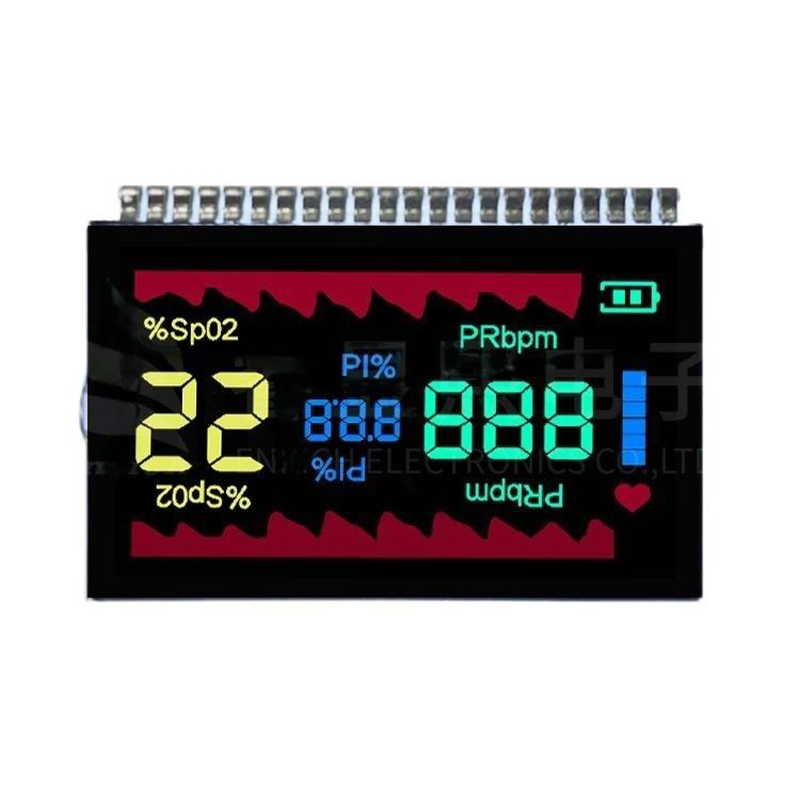
The market for 2.4 TFT displays is diverse, offering a wide range of options in terms of features, specifications, and pricing. Selecting the right supplier is crucial for ensuring the success of your project. This comprehensive guide will help you navigate the complexities of finding a reliable and efficient 2.4 TFT display supplier, allowing you to make informed decisions based on your specific requirements.
Before contacting any suppliers, clearly define your 2.4 TFT display requirements. This includes factors such as resolution, color depth, viewing angle, brightness, contrast ratio, and response time. Consider the application – a display for a rugged industrial device will have different needs than one for a consumer electronics product. Documenting these specifications is crucial for effective communication with potential suppliers. Are you looking for a specific type of interface like SPI or I2C? Defining these aspects upfront will streamline the selection process.
Your required volume significantly impacts pricing and supplier selection. High-volume orders often command better pricing, while smaller orders might be better suited to distributors or suppliers specializing in smaller quantities. Establish a realistic budget to guide your search and ensure you're comparing apples to apples when evaluating different supplier quotes. Keep in mind that hidden costs, such as shipping and customs duties, can significantly impact the overall project cost.
Beyond simply offering the 2.4 TFT display you need, assess a supplier's overall capabilities. Do they offer design support, customization options, or technical assistance? A reputable supplier should provide comprehensive documentation, including datasheets, application notes, and sample code. Consider their experience in your specific industry. Check their manufacturing capabilities – do they have the capacity to meet your order volume and timeline?
Quality should never be compromised. Inquire about the supplier's quality control processes, certifications (like ISO 9001), and testing procedures. Request samples to evaluate the display's quality firsthand. Look for suppliers that actively monitor and manage their supply chain to mitigate risks and ensure consistent product quality. A robust quality assurance program is a strong indicator of a reliable supplier.
Understand the supplier's lead times and logistical capabilities. Inquire about shipping options, customs clearance procedures, and potential delays. A transparent and responsive supplier will provide accurate lead time estimates and proactive communication throughout the entire process. Delays can significantly impact your project timeline, so careful consideration of this aspect is vital.
Once you've evaluated several potential suppliers, compare their offerings based on your prioritized criteria. This might include price, quality, lead times, and technical support. Don't hesitate to request references or case studies to assess their track record. Remember that a long-term relationship with a reliable supplier can offer significant advantages in terms of consistency, support, and potential cost savings. Consider factors like minimum order quantities (MOQs) and payment terms.
| Supplier | Lead Time | MOQ | Price (USD) | Certifications |
|---|---|---|---|---|
| Supplier A | 4-6 weeks | 1000 units | $5.00 | ISO 9001 |
| Supplier B | 2-4 weeks | 500 units | $5.50 | ISO 9001, RoHS |
| Dalian Eastern Display Co., Ltd. https://www.ed-lcd.com/ | (Check Website) | (Check Website) | (Check Website) | (Check Website) |
Remember to always thoroughly research and vet any potential supplier before committing to a purchase. This careful approach will help ensure that you receive high-quality 2.4 TFT displays that meet your project's requirements.












